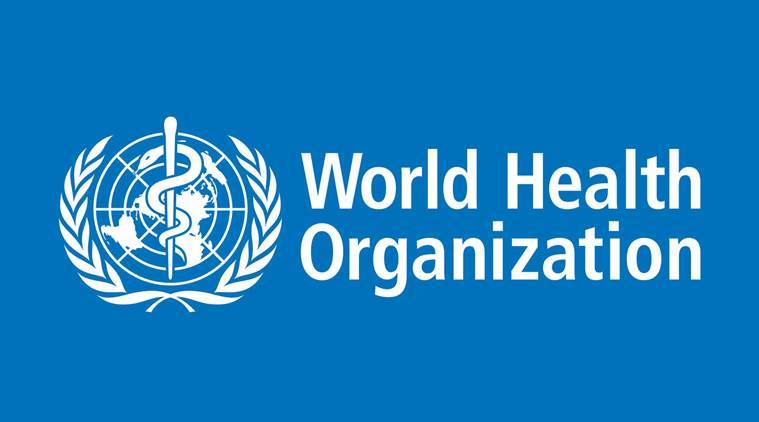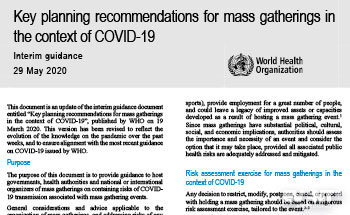The need for security for exhibitions and events is leading to confusion
Italy, the highly-impacted country by COVID 19, recently saw outdoor events of up to 1,000 attendees permitted. That caused an uproar in the local event community leading to numerous associations writing to the government for more clarity and direction as no indoor meetings are allowed to be held in Italy.
The WHO’s latest guidance creates even more confusion among event & exhibition professionals. The document has some positives but leaves too much to interpretation. Here are the key points from the WHO guidelines
Mass gatherings are still seen as cause for virus spread
In the context of COVID-19, events could amplify the transmission of the virus and potentially disrupt the host country’s response capacity. The WHO nevertheless understands the necessity of events.
Since mass gatherings have substantial political, cultural, social, and economic implications, authorities should assess the importance and necessity of an event and consider the option that it may take place, provided all associated public health risks are adequately addressed and mitigated.
In countries that are implementing strict movement and physical distancing measures aimed at decreasing transmission of COVID-19, it is unlikely that authorities will allow mass gatherings to take place. However, in countries where restrictive measures are being progressively adjusted in response to an evolving epidemiology, the decision to proceed with an event, and how to proceed, becomes highly relevant.
Risk Factors to Assess
Venue: Location, size/type, indoor/outdoor, crowd density.
Attendees: Age, health status, provenance, international/local travel to event.
Event activities: The expected interactions among participants occurring during the event (closeness of contact, etc.).
Duration: How long the event and particular sessions will be, and how long attendees will be expected to be together in enclosed spaces.
Local healthcare infrastructure: The policies, resources, and capacities at the host country’s disposal to detect and manage cases of COVID-19.
Planning Phase
Communication: A plan to establish links to all relevant health authorities and key stakeholders.
Preparedness plan: The key elements here being the detection and monitoring of COVID-19 cases and a plan of action when these are identified.
Capacity and resources: Planners should allocate resources and isolation rooms for potential cases.
Operational Phase
What sticks out in this part of the document is the recommendation from the WHO to host a portion of the event online — essentially hybrid events. This is a very direct confirmation of what we anticipated in our article about the near future of events.
Another interesting aspect is communication. A clear message needs to go out to those at higher risk of transmitting COVID-19 that they should not attend. This also extends to those who are (or are in close contact with) vulnerable people at risk developing a serious illness.
In line with our previous recommendations, the duration of the event should be kept to a minimum to minimize the potential spread of the virus.
Assess Your Risk
The WHO has developed a tool to assess your risk. You can download the spreadsheet here. It will assign a numerical value to your risk factors and guide you through decisions.
The full document with the guidelines is available here
The way forward
A $1 trillion industry is on its feet and desperate for guidance. Associations, governments and health organizations seem to struggle with giving clear leadership on when things could go back to normal. It seems that only a steep decrease in cases or a breakthrough event (vaccine, cure or herd immunity) could solve the issues the industry is facing once and for all.
The situation gives rise to a legitimate question:
How is it possible that, three months into the biggest crisis ever faced by the industry, governments still fail to understand the impact events have on economies and how vital it is to bring them back to life?


